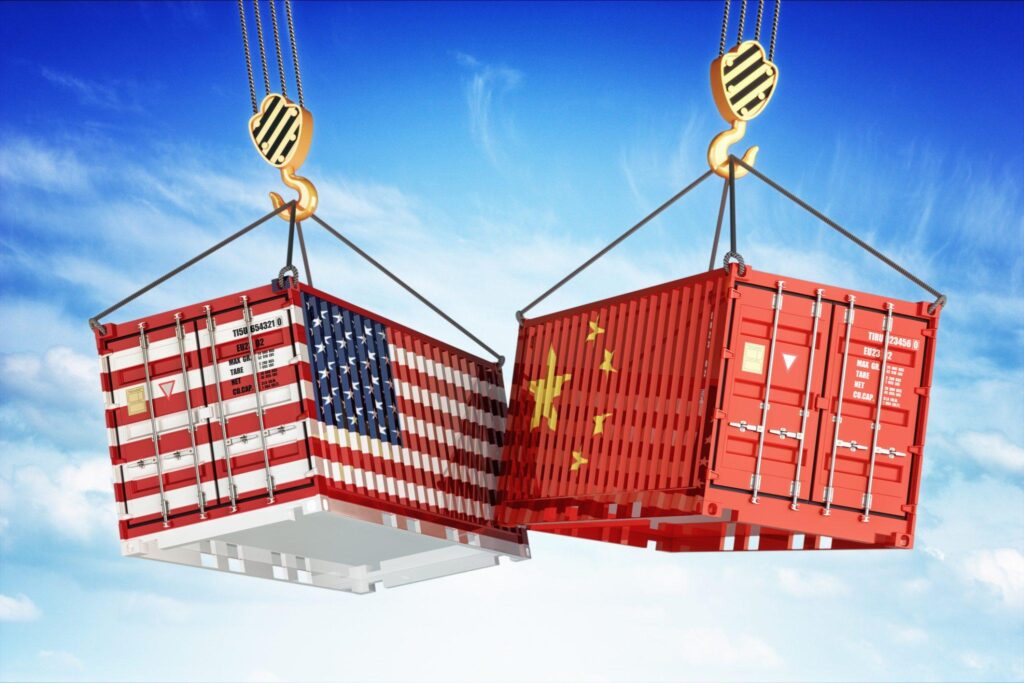American soybean producers face mounting uncertainty. The recent implementation of retaliatory tariffs by China has created a whirlwind of apprehension throughout farming communities across the heartland. On March 10, 2025, Beijing announced a 15% tariff on various American products, including soybeans, as a direct countermeasure to the trade barriers imposed by the Trump administration.
The consequences could be profound for US agriculture. In the 2024-25 crop year, US soybean exports reached 1,825 billion bushels, with approximately half destined for the Chinese market. This substantial connection between American fields and Chinese demand has evolved into a fragile dependency that now threatens farmer livelihoods.
China’s strategic pivot away from US agricultural imports reflects a calculated approach to economic warfare. Rather than striking randomly, Chinese officials targeted soybean imports during their maximum profitability window. The March through June period traditionally generates nearly 40% of annual revenue for American soybean exporters. This timing amplifies the financial blow to US producers.
Market Dynamics and Global Competition
Brazil stands poised as the primary beneficiary of this trade disruption. Already China’s largest source of soybeans, Brazilian exporters could strengthen their market position considerably. The South American agricultural powerhouse produces a staggering 169 million metric tons annually, compared to America’s 118.84 million metric tons. This production gap might expand further if current trade tensions persist.
Despite willing to pay premiums between $14-22 per ton for Brazilian soybeans, China demonstrates its commitment to reducing American agricultural dependence. This price differential underscores how economic decisions sometimes transcend immediate financial considerations in favor of strategic positioning.
US farmers, meanwhile, continue harvesting anxiety alongside their crops. The abrupt cancellation of soybean shipments in April 2025 – including a cargo vessel rerouted mid-Pacific – sent ripples of distress through commodity markets. Such unforeseen disruptions complicate planning efforts for producers who require stable markets.
The export market constitutes a vital lifeline for American soybean farmers. Approximately half of all US soybean production heads overseas annually, with China historically claiming the lion’s share of these shipments. Without reliable access to Chinese consumers, US producers must quickly identify alternate markets or risk financial devastation.
Broader Economic Implications
Trade tensions between these economic titans extend far beyond agricultural concerns. However, soybeans represent a particularly vulnerable sector due its significant export volume and political sensitivity. Soybean farmers form an influential political constituency in key electoral states, making their economic hardships politically consequential.
China’s soybean consumption needs remain substantial regardless of trade disputes. The country grows merely 20.65 million metric tons domestically – woefully inadequate compared to their consumption requirements. This production shortfall necessitates massive imports from reliable global suppliers throughout the year.
Despite Brazil’s impressive production capabilities, many analysts question whether any single nation can fully replace American supply chains. China’s voracious appetite for soybeans, driven by expanding livestock production and increasing meat consumption, has grown tremendously over recent decades. Chinese per capita meat consumption has increased 45% during the past twenty years, fueling soybean import growth from 28 million tons to 109 million tons during that same period.
The current situation echoes previous trade confrontations yet features unique elements. Estimated impacts suggest $12.8 billion in US soybean exports face immediate risk. Agricultural communities throughout America’s farming regions watch developments anxiously while exploring potential market diversions.
European Union nations, South Korea, and Taiwan might offer limited relief by increasing their American soybean purchases. Such diversification efforts could partially mitigate losses, though unlikely to fully compensate for diminished Chinese demand.
The intricate dance between agricultural necessity and geopolitical posturing continues evolving daily. Farmers adapt their strategies amidst fleeting market information. Weather patterns, shipping costs, and currency fluctuations further complicate an already complex situation. For many producers, this latest trade dispute arrives at a particularly challenging moment when operational expenses steadily climb while commodity prices exhibit erratic behavior.


